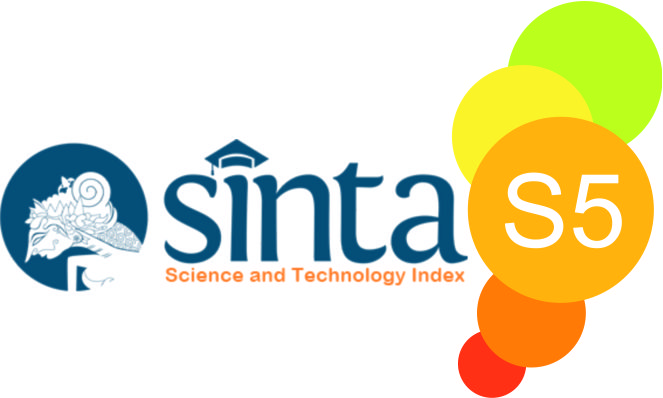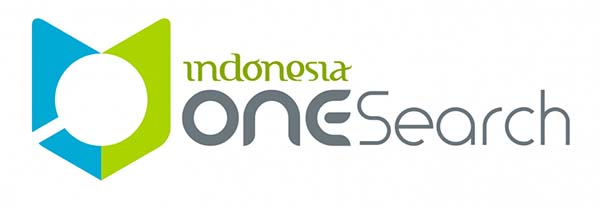Analisis Keberlanjutan Ekologis Pantai Blibis Banyuwangi dengan Pendekatan Risk Management
DOI:
https://doi.org/10.23887/jmpp.v5i3.51540Keywords:
Blibis Beach, Ecological Sustainability, Risk Matrix, Risk ManagementAbstract
Along with the development of tourism in Banyuwangi Regency, there is a beach that has the potential to be developed, the beach is Blibis Beach which is located in District Blimbingsari. However, the ecological sustainability of Blibis Beach is a problem that must be resolved considering the massive amount of waste accompanied by abrasion that often occurs, management that is still far from expectations and minimal government involvement has caused Blibis Beach to be neglected. The purpose of this study is to examine and analyze the risks that arise in Blibis Beach with a risk management approach. The results of this research study are expected to be used as a reference for further development of Blibis Beach. The method used is descriptive quantitative with a risk management approach as for the stages: risk identification, risk assessment (risk matrix), risk response, and risk control. The results show that there are 9 risks that arise and threaten ecological sustainability, with details of 4 risks from Human Resources and 5 risks from Natural Resources, if classified by level, there are 3 extreme risks, 2 high risks, 2 moderate risks, and 2 risks. low. From all the risks that arise, it is necessary to immediately respond and control risks appropriately and involve all related parties, so that the ecological sustainability of Blibis Beach can be developed into one of the best tourist attractions in Banyuwangi.
References
Anggarani, N. P. D., & Arida, I. N. S. (2018). Implementasi management krisis pariwisata pada Kebun Raya Eka Karya Bali. Jurnal Destinasi Pariwisata, 6(1), 184. https://doi.org/10.24843/jdepar.2018.v06.i01.p28
Anom, I. P. (2010). Pariwisata berkelanjutan pada krisis global. Denpasar: Udayana University Press.
Berg, P. H. (2010). Risk management: Procedures, methods and experiences. RT&A, 2(1) 79-95.
Paramita, I. G. G. P. A. P. (2020). New normal bagi pariwisata Bali di masa pandemi covid-19. Jurnal Ilmiah Pariwisata Agama Dan Budaya, EISSN 2614, ISSN 2527-9734. https://doi.org/10.36275/mws
Kanom, N. & Darmawan, R. N. (2020). Recovery pariwisata Banyuwangi pasca covid 19. Media Bina Ilmiah, 15(3), 4257–4266.
Kasam, I. (2011). Analisis resiko lingkungan pada tempat pembuangan akhir (TPA) sampah (Studi kasus: TPA Piyungan Bantul). Jurnal Sains &Teknologi Lingkungan, 3(1), 19–30. https://doi.org/10.20885/jstl.vol3.iss1.art2
Mulyawan, S. (2015). Manajemen resiko. Solo: TB. Rahma.
Nurhalimah, Kanom, & Wardhana, P. B. W. (2019). Penerapan keselamatan dan kesehatan kerja (K3) di destinasi wisata Pantai Bangsring, Wongsorejo, Banyuwangi. Media Bina Ilmiah, 14(3), 2243-2530.
Permana, A. A., Nugraha, W. D., & Hadiwidodo, M. (2013). Analisis manajemen risiko: Studi kasus unit pelaksana teknis Balai Pengujian dan Laboratorium Lingkungan Hidup Badan Lingkungan Hidup Provinsi Jawa Tengah. Journal of Chemical Information and Modeling, 53(9), 1689–1699.
Republik Indonesia. 2009. Undang-undang Republik Indonesia nomor 10 tahun 2009 tentang kepariwisataan. Jakarta
Pemerintah Indonesia. 2012. Peraturan Kepala Badan Pengawasan Keuangan dan Pembangunan nomor: PER-688/K/D4/2012 tentang pedoman pelaksanaan penilaian risiko di lingkungan instansi pemerintah. Jakarta.
Setijawan, A. (2018). Pembangunan pariwisata berkelanjutan dalam perspektif sosial ekonomi. Jurnal Planoearth, 3(1), 7-11. https://doi.org/10.31764/jpe.v3i1.213
Simamora, Y., & Kurniat, N. (2016). Analisis risiko pada instalasi pengolahan air limbah (IPAL) PT Ajinomoto berdasarkan konsep manajemen risiko lingkungan. Institut Teknologi Sepuluh November, publication at: https://www.researchgate.net/publication/266355397
Sufa’atin, S. (2017). Implementasi probability impact matriks (PIM) untuk mengidentifikasi kemungkinan dan dampak risiko proyek. Jurnal ULTIMA InfoSys, 8(1), 43–47. https://doi.org/10.31937/si.v8i1.555










